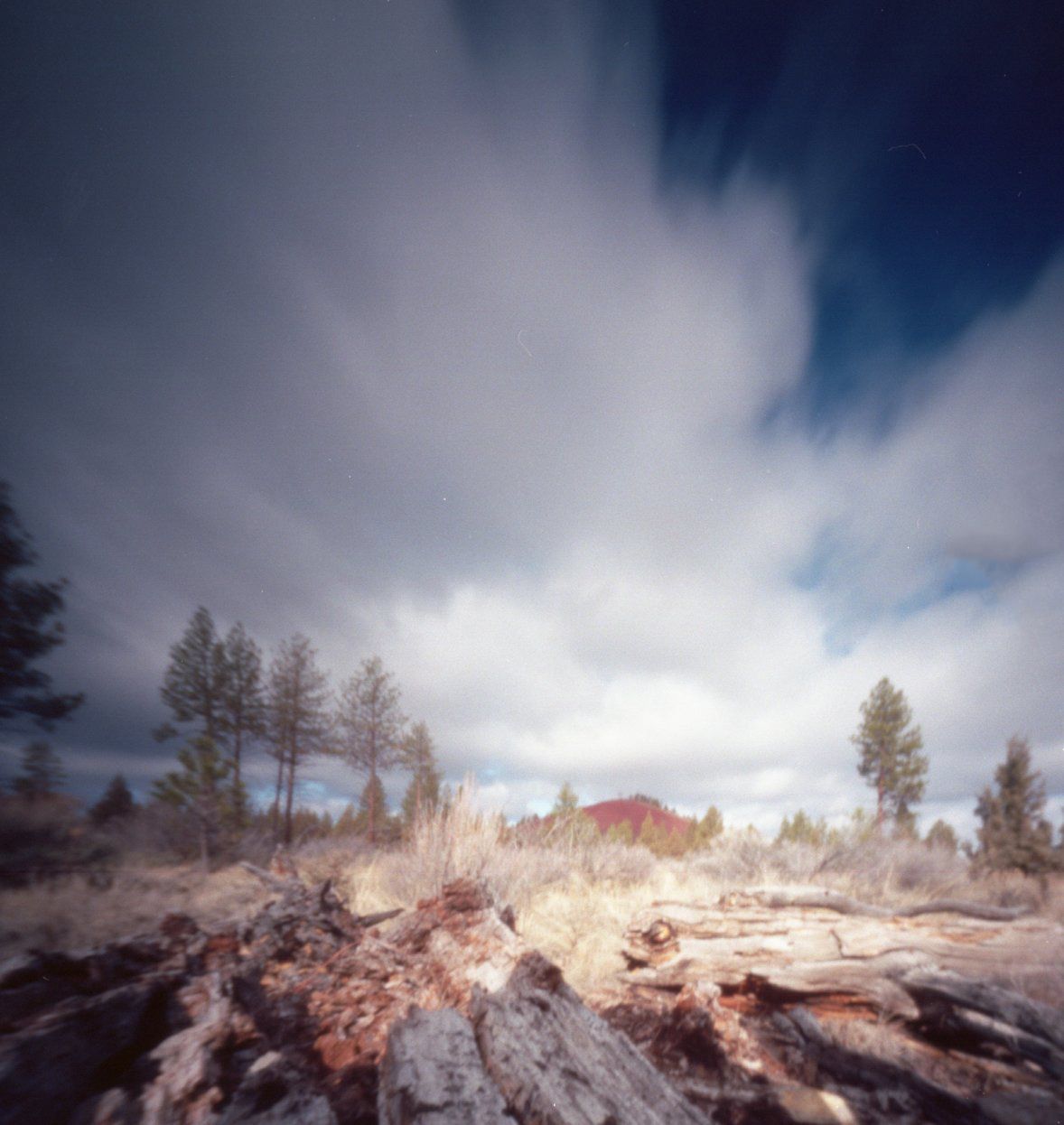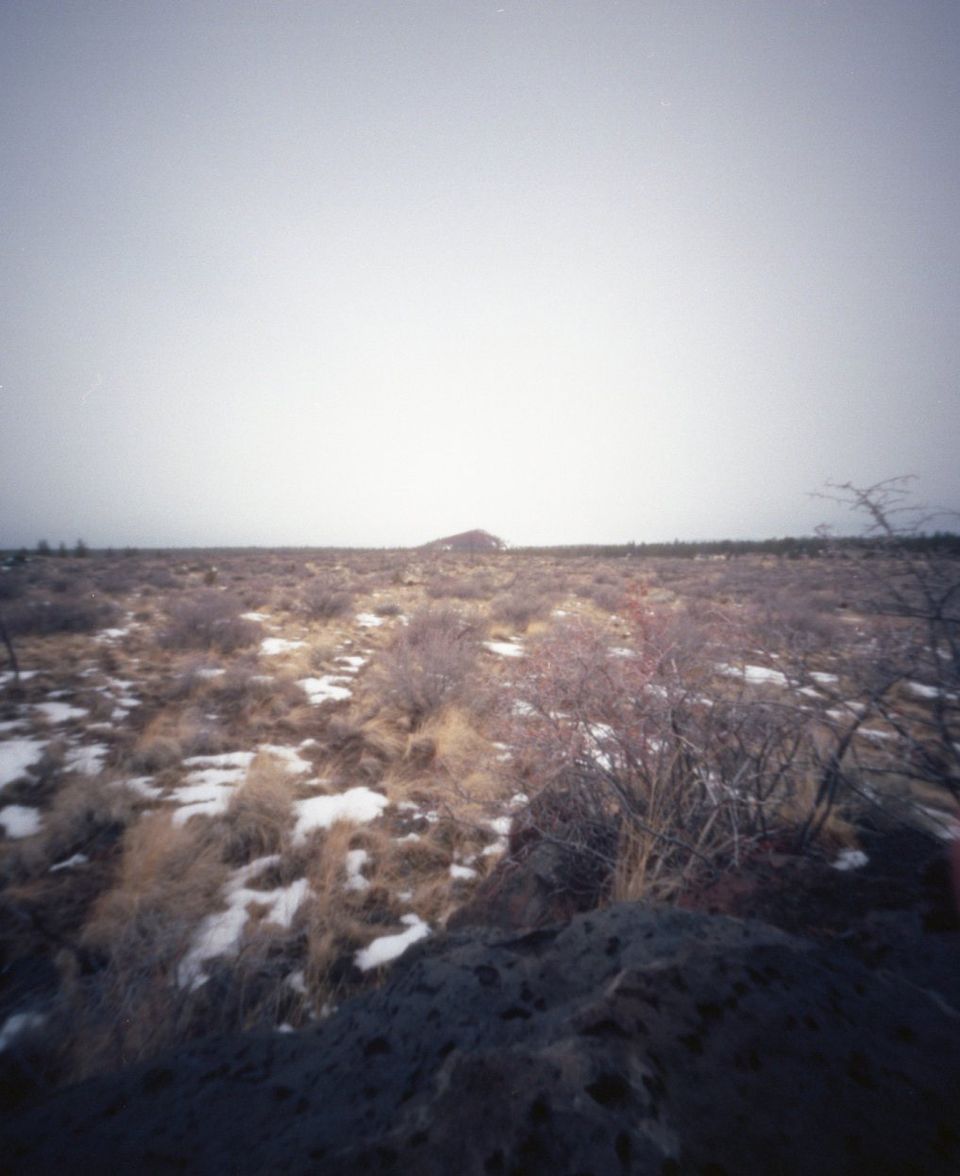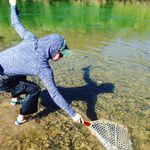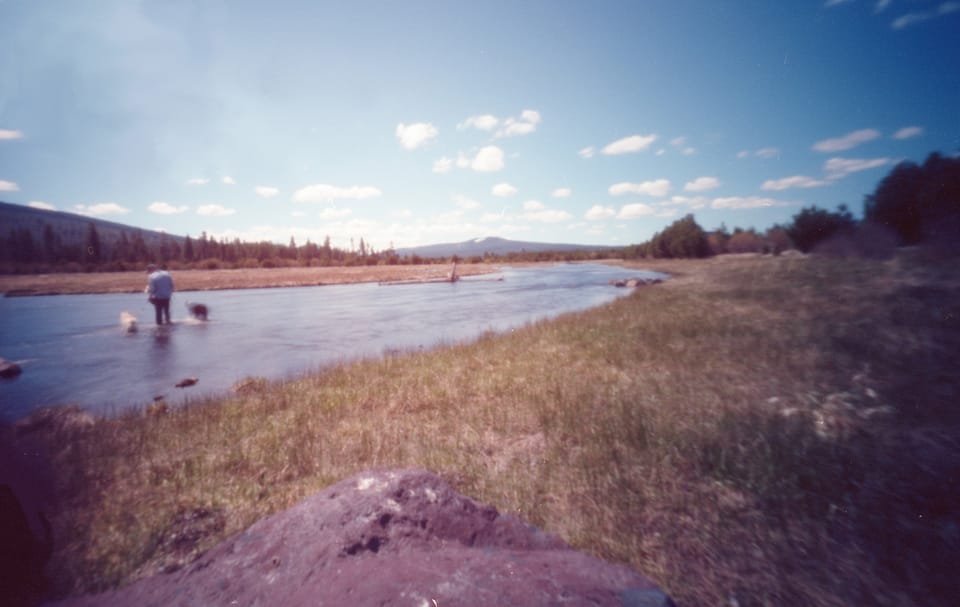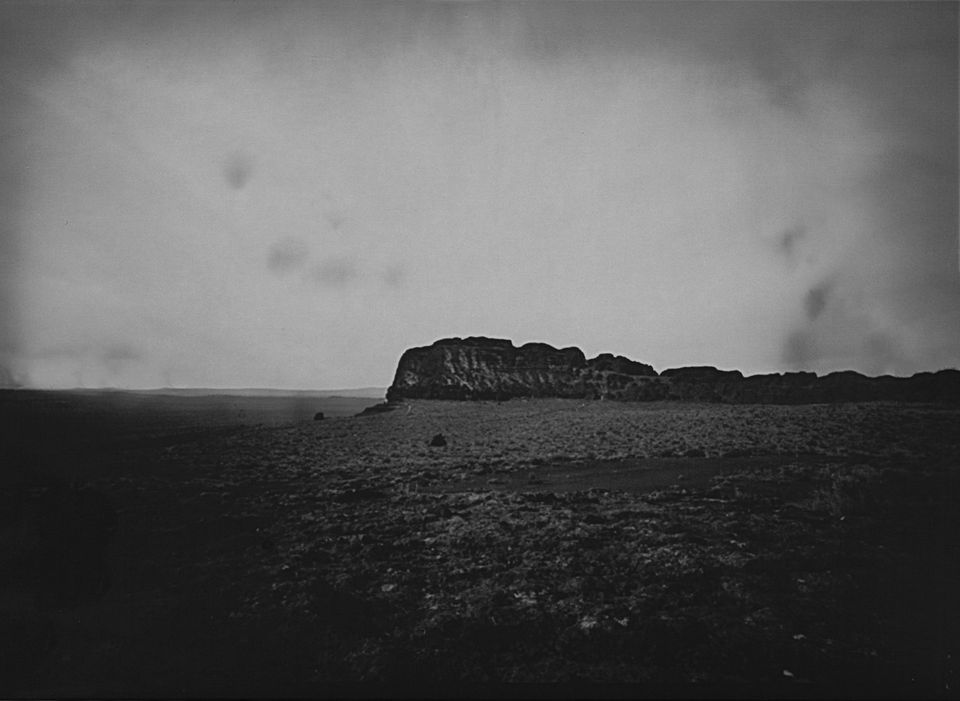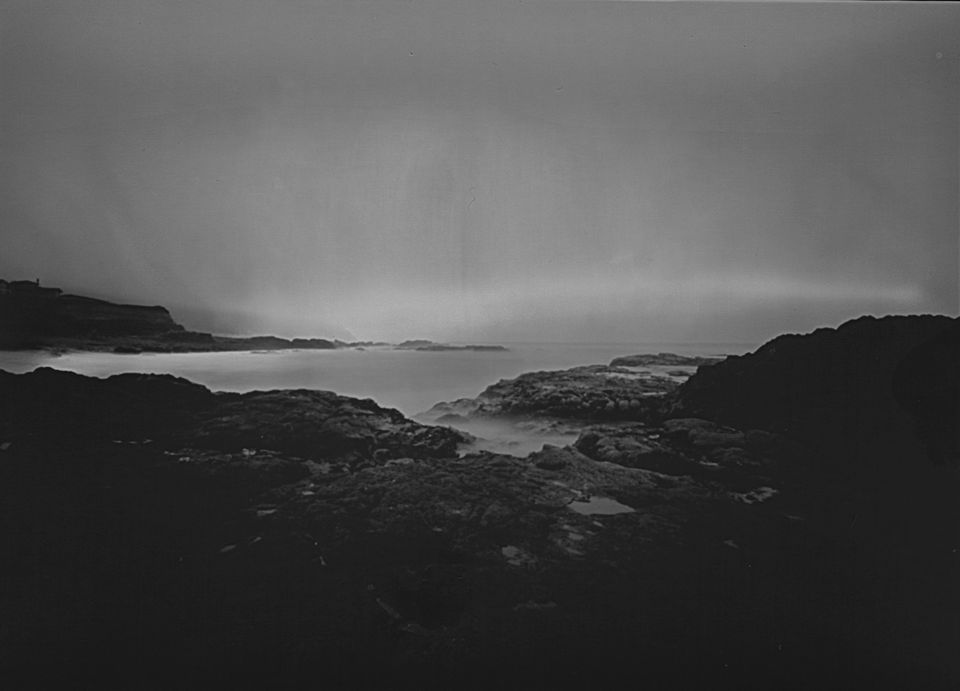Similar to bicycles, pinhole cameras seem to have an n+1 problem. All the possible film types, wide angle, handmade, historic, engineered, and more, will make it seem like you always need just one more.
My first pinhole camera is a book, by Kelli Anderson. Using photo paper instead of film and instant coffee as a developer made it relatively easy to develop black-and-white images in the bathroom/darkroom. But then I wanted a nicer camera and a wider angle camera, and so on, and ended up with a few more. With all of these, I continued using black and white 4x5 photo paper rather than film, developed it in the bathroom/darkroom, and then scanned the paper negatives and reversed them in Photoshop.
Something (and when I say something I am not being intentionally vague, I actually don't remember) inspired me to want a camera that shoots 120 film. Besides being a smaller camera, I could use color film and send it to a lab to be developed rather than standing in a dark bathroom counting seconds and gently agitating a not-altogether pleasant-smelling instant coffee concoction. I have a shelf of cameras that shoot 120 film: box, plastic, and twin lens. But I did not have a pinhole camera, so I googled a few things and learned about RealitySoSubtle cameras, made in France by a man with a CNC machine. The 6x6 is super wide angle and makes square images, my favorite.
The package arrived abused by US Customs, somewhat held together with bright green inspection tape. The protective bubble wrap was more taped onto the camera than around it. Fortunately, it's basically a hunk of sturdy plastic and all seems to be intact. There was an exposure card floating around, as well, but no instructions (of course, these can be found online).
Initial impressions
The camera is a little beast. Super solid, well-made, and compact. It can fit in my jacket pocket! There is a thing with pinhole cameras — because they tend to be handmade, many are stunning objects. There are pinhole enthusiasts around the world crafting cameras out of hardwood, fitting them with shiny brass fittings, and adding other bits of decorative flair. The RSS 6x6 is machined out of high-impact polystyrene, and reminds me of something you might find in an army surplus store. Focusing on function over bling, it has levels and sightlines and two pinholes. It doesn't seem precious and feels great in my hand, and therefore will likely go many more places.
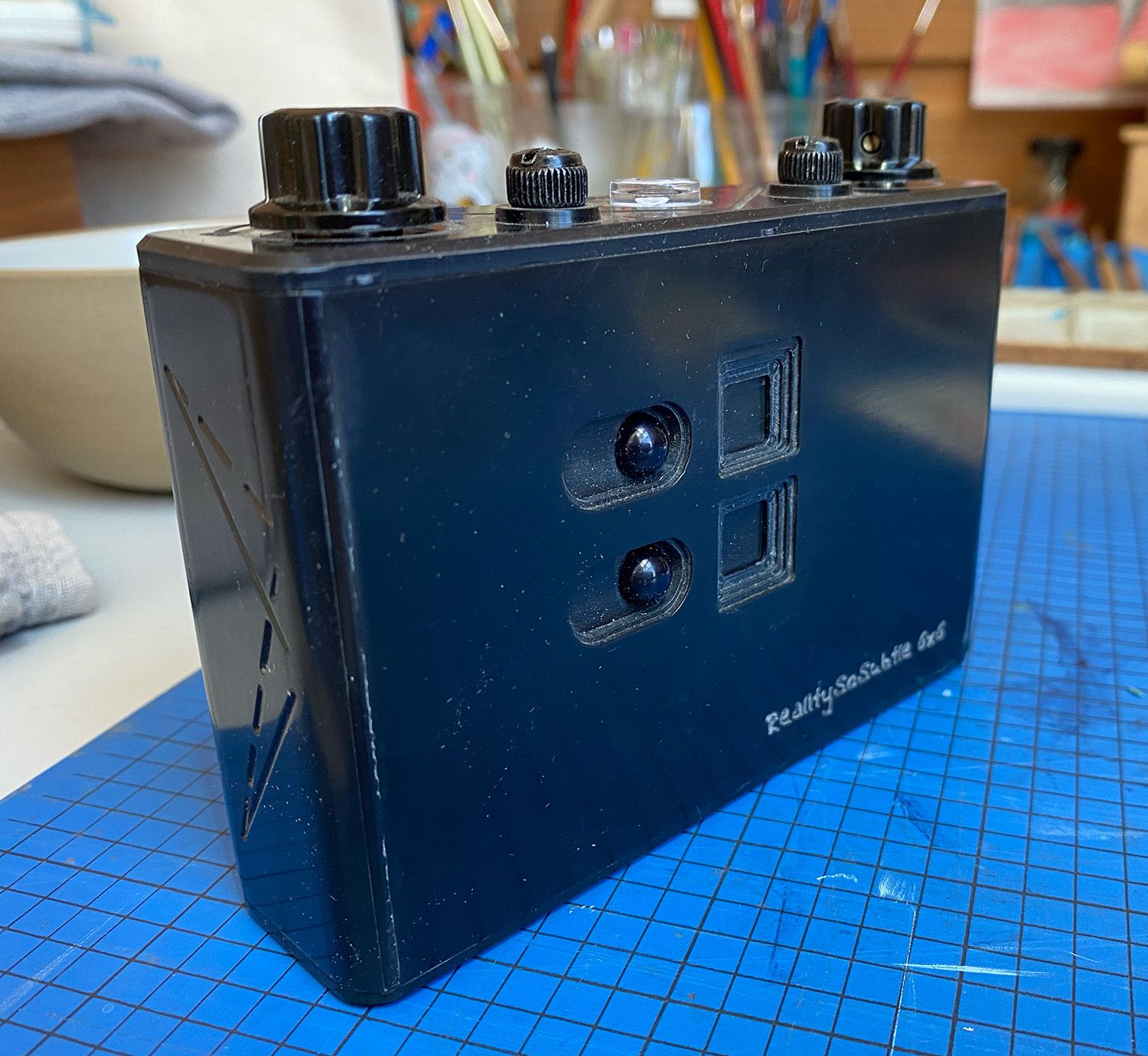
Installing the film
120 film requires an extra spool for the film to wind onto. I have a stash of these, both metal and plastic. The metal spools did not grab and wind, so I definitely partially exposed my first roll of film when I had to roll it back (a cool feature of this camera is the two-way winding), open the camera and swap the spool multiple times before I figured out the problem. Actually, I have no idea what the problem is, but the plastic spool works, and the metal ones do not.
First Two Rolls
At least a few reviews I read recommend that you cover the pinhole window with a finger because sliding the lever can make the camera shake. So: cover the window, slide the lever to expose the pinhole, move your finger away for the time of the exposure, put your finger back, slide the lever closed. This lack of precision is right up my alley, but I also worried that my finger would end up in the field of view. And it did!
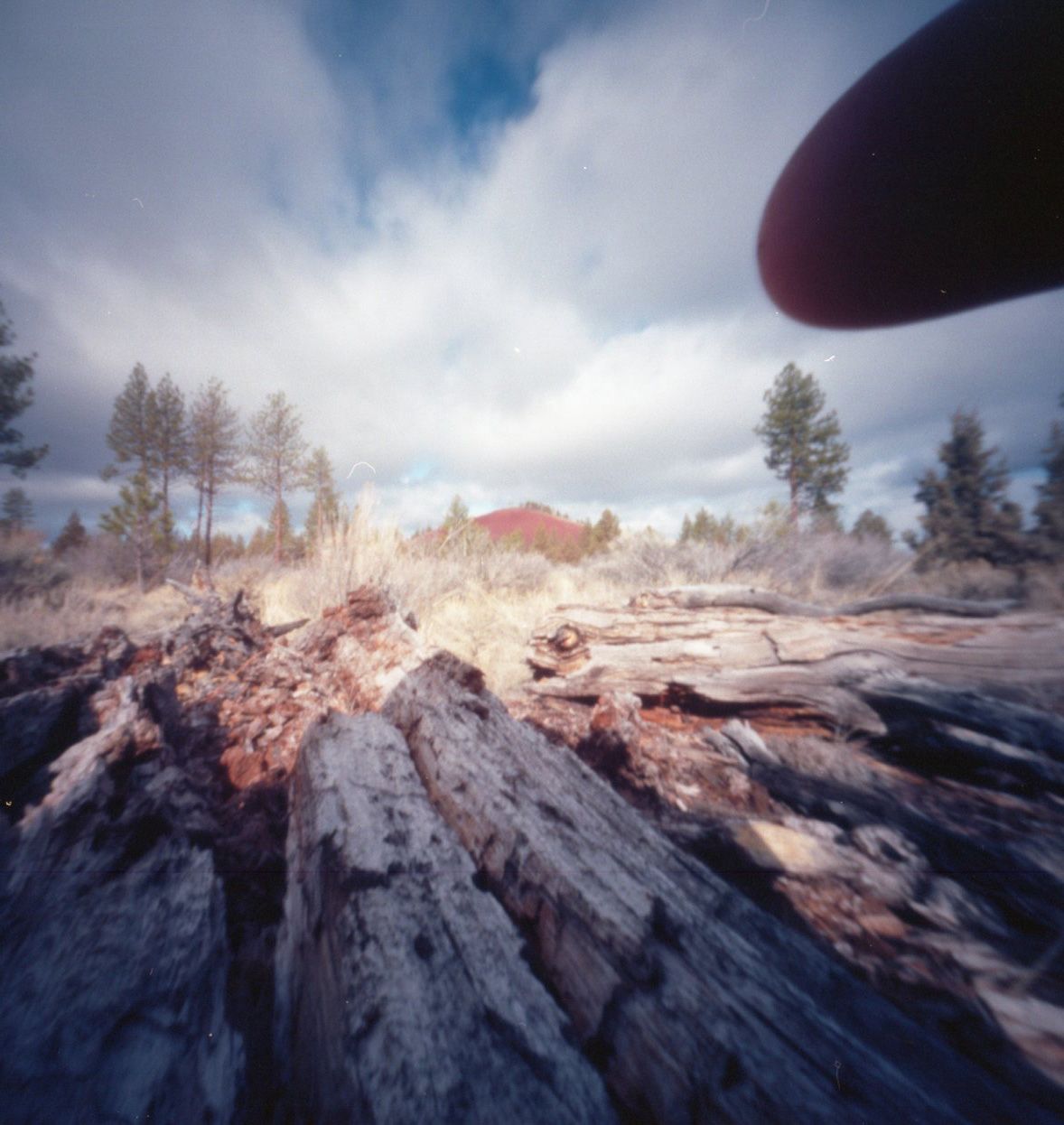
Several shots came out blurry. Several had a finger in them. I forgot to wind the film a couple times and made unintended double exposures. But I ended up with at least five photos that I like, which isn't too bad. And none of the errors were the fault of the camera.
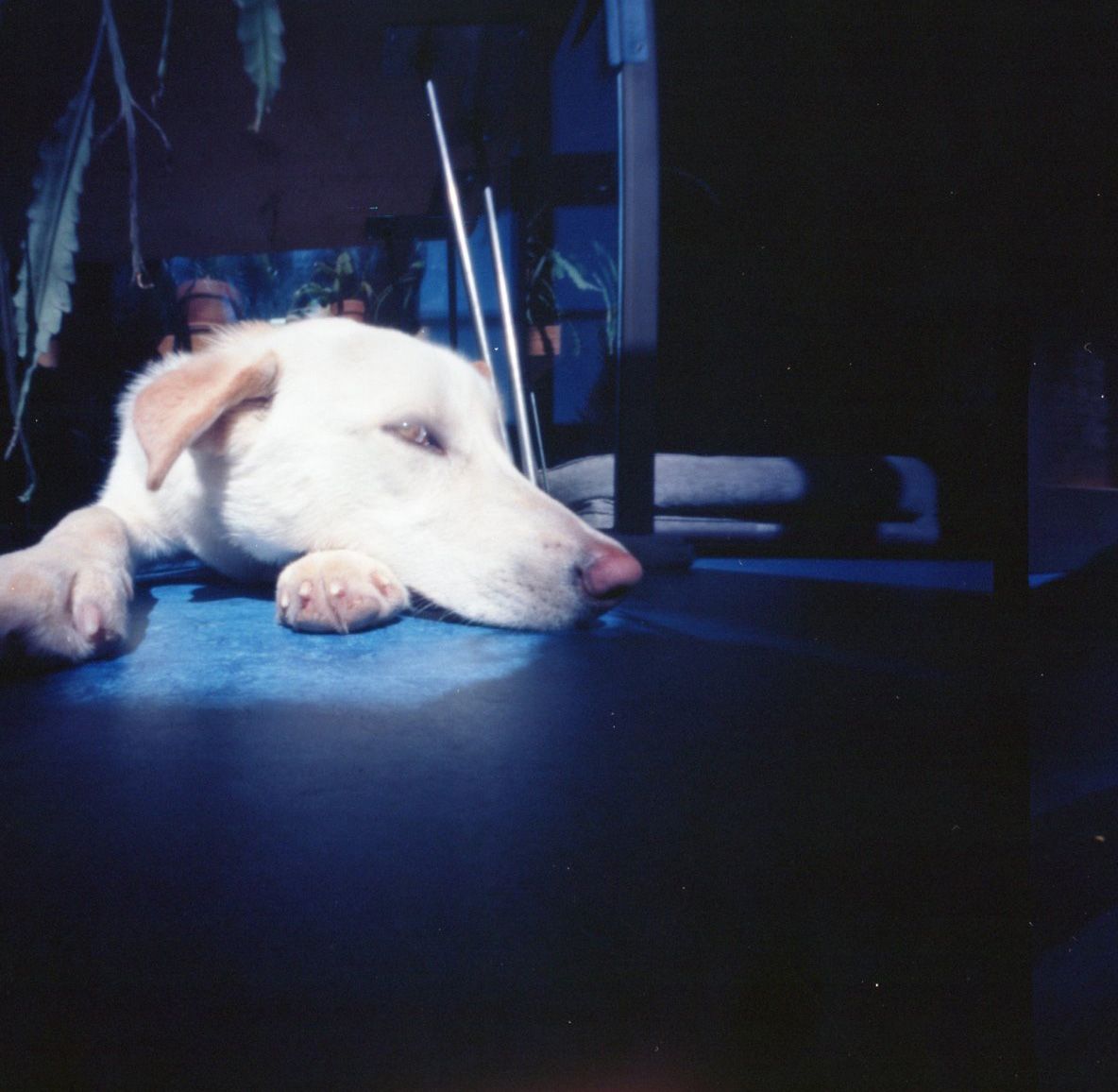
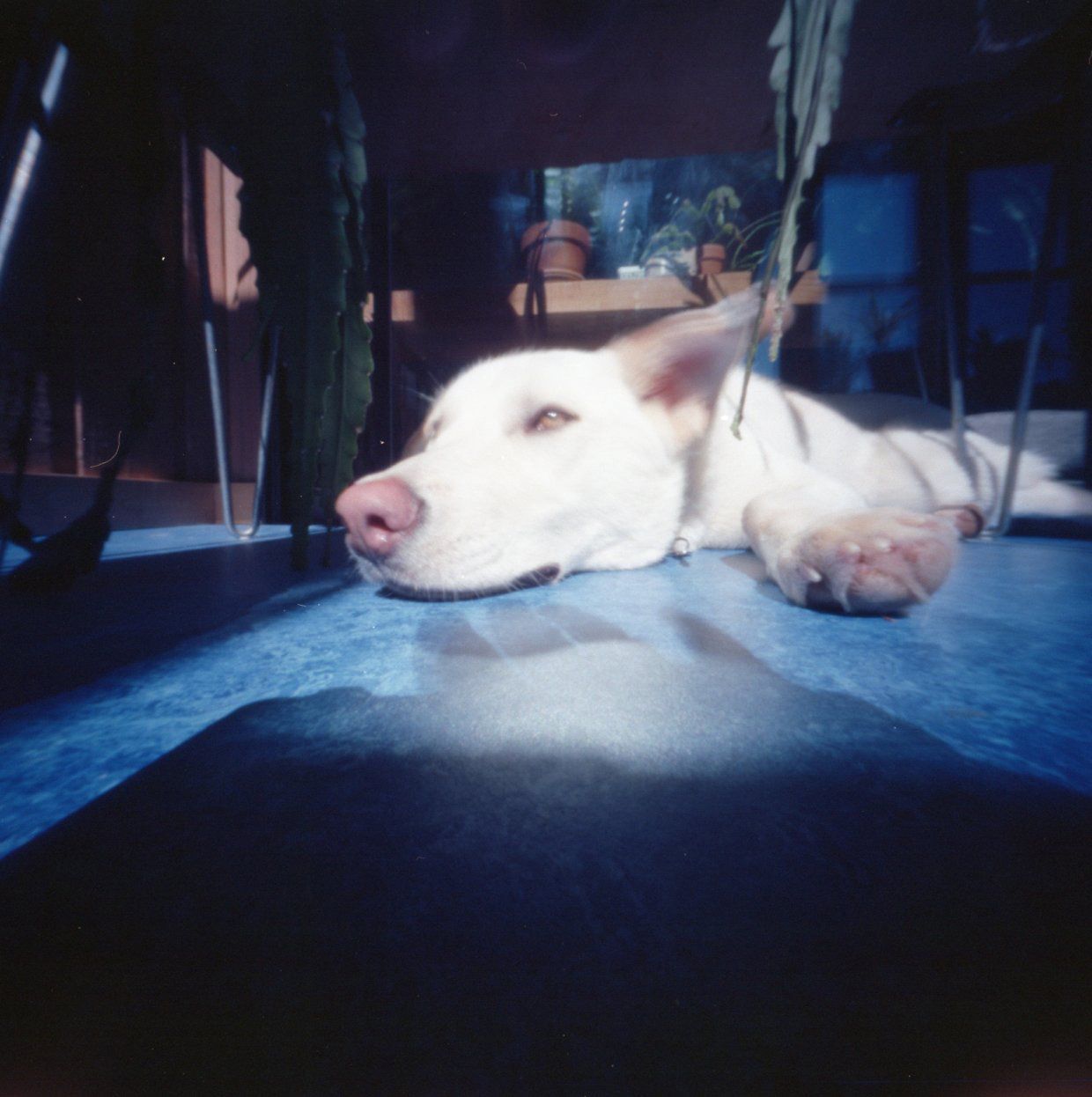
Little Roo as test subject. Captures the one-ear-up, one-ear-down thing she rocks.
The exposure time has been ~2 seconds or less for most settings, and for anything around a second or less I am exposing by guesstimate. (Photo paper requires much longer exposures, in the minutes.) The film seems quite forgiving and the exposures seem slightly under-exposed, but shockingly not terrible. An actual photographer would likely be more precise.
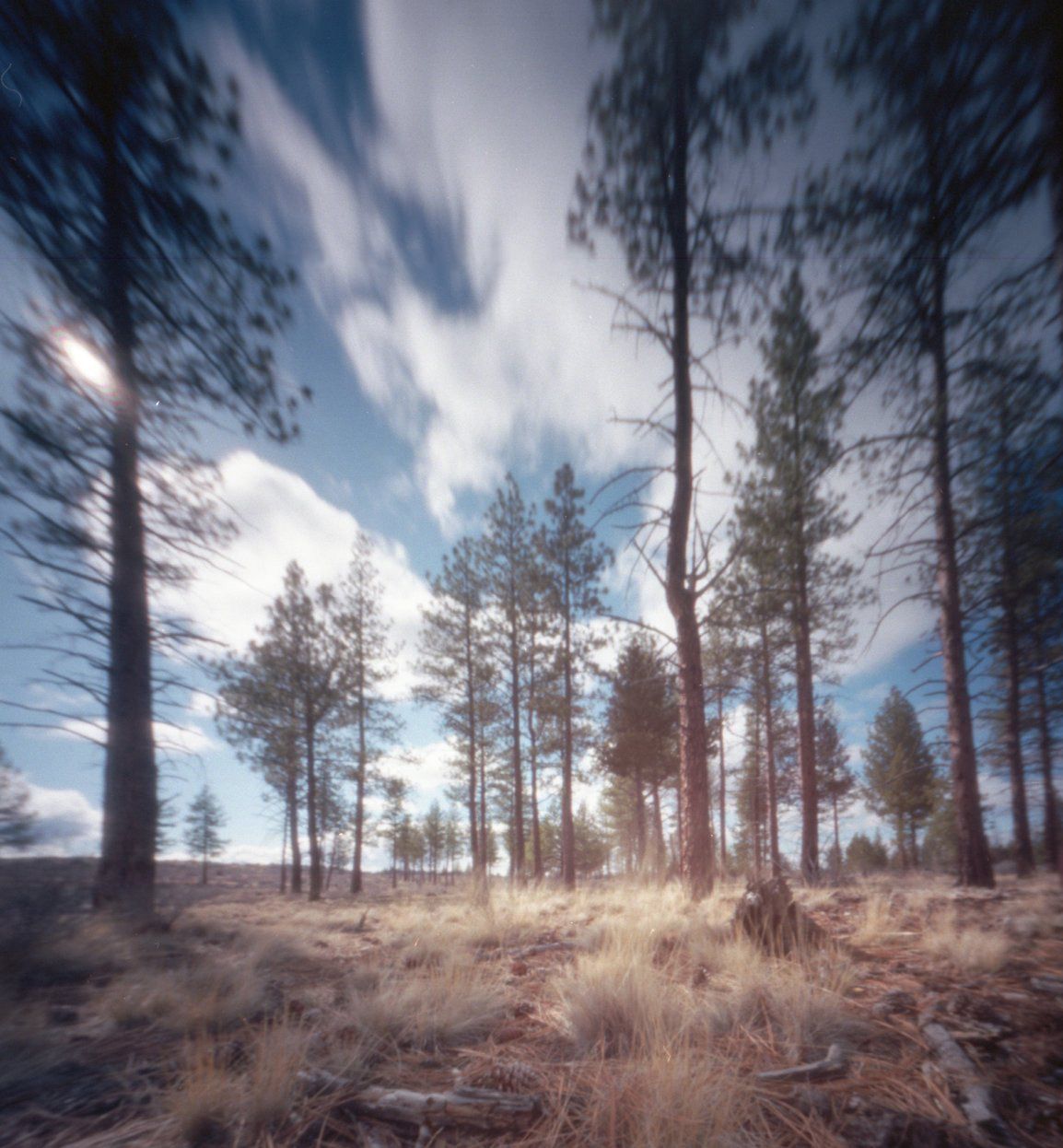
While I could be more methodical, take notes, and possibly get more predictable results, I enjoy the randomness. However, I learned some things with my first two rolls:
- Remember to forward the film!
- Keep it steady!
- Get my damn fingers out of the way!
One of my favorite people to talk to about art is my dad, though he is not impressed with grainy, out-of-focus photos. For me, pinhole photos and their fuzzy, distorted view of the world feel closer to memory than to documentation. When the developed film arrived in the mailbox, so much time had elapsed between taking the photos and seeing the results, the images actually felt like fragments of recognition.
The 6x6 is a sweet little camera and may be the only pinhole camera that I keep.
